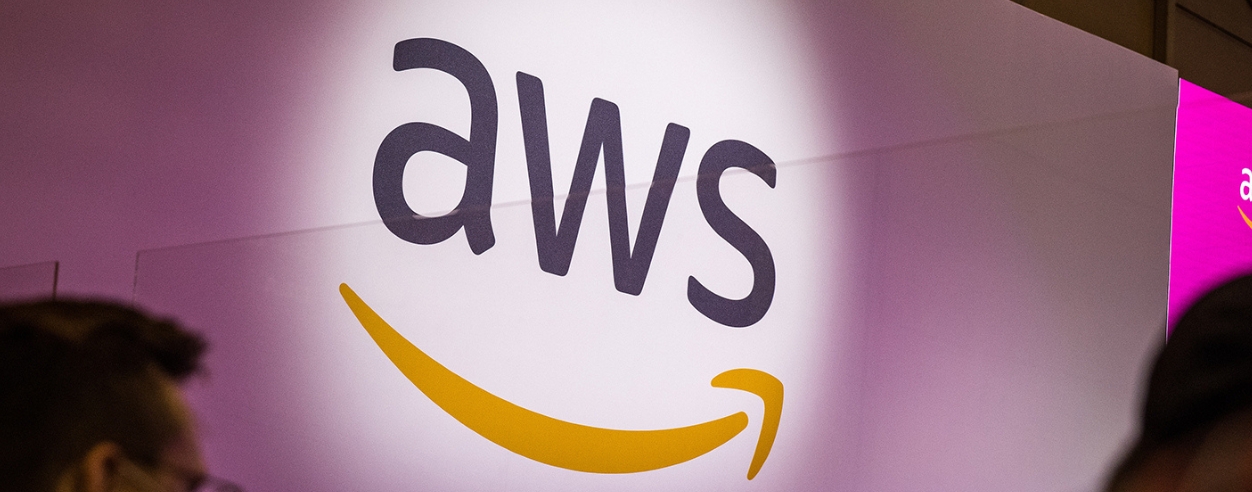Singapore – A major service disruption at Amazon Web Services (AWS) temporarily affected a wide range of global platforms and applications, including productivity tools such as Slack, Canva, and Zoom, along with messaging services like WhatsApp and Signal, and entertainment platforms including Amazon Prime Video, Xbox, Roblox and Fortnite.
According to reports from Downdetector and TechRadar, around 1,000 websites and online services powered by AWS experienced issues between 11:49 PM PDT on October 19 and 2:24 AM PDT on October 20.
AWS later confirmed that the incident originated in its US-EAST-1 Region, where a domain name system (DNS) resolution fault disrupted the operation of its DynamoDB service endpoints. This outage also affected Amazon’s retail and support systems.
Darren Guccione, CEO & co-founder of Keeper Security, mentioned that major internet outages can often raise immediate concerns of a cyber attack. However, the AWS disruption is a result of an internal infrastructure fault instead of malicious activity.
“Modern IT ecosystems are complex, interconnected, and highly dependant on a handful of critical cloud providers,” Darren commented.
He added, “When an incident of this scale occurs, whether through technical failure or misconfiguration, the impact on global operations can be just as severe as a coordinated cyber attack.”
Remedial action was taken within a few hours, leading to gradual service restoration by early morning. By 12:28 PM PDT, most AWS users and services had regained normal functionality, and by 3:01 PM PDT, the company reported full operational recovery.
AWS accounts for roughly 30% of the global cloud infrastructure market, ahead of Microsoft Azure at 20% and Google Cloud at 13%, according to Statista.
“For enterprise organisations, this underscores the need for resilience that goes beyond threat prevention,” Darren stated.
“Business continuity plans should account for both cyber and non-cyber disruptions, ensuring privileged access, authentication and backup systems remain secure and functional, even when the core infrastructure is affected.”
Industry observers noted that the incident underscores the growing dependence of modern digital ecosystems on a small number of large cloud providers. Outages of this nature, even when not linked to cybersecurity breaches, can have extensive operational and economic consequences for enterprises worldwide.
The event also highlighted the importance of comprehensive business continuity planning that includes safeguards against both technical failures and cyber threats, ensuring that authentication systems, privileged access controls and backup mechanisms remain functional during infrastructure disruptions.
Darren also commented that zero-trust frameworks and privileged access management (PAM) solutions can also be used to maintain visibility and control during system outages, ensuring operational continuity during unexpected circumstances.












